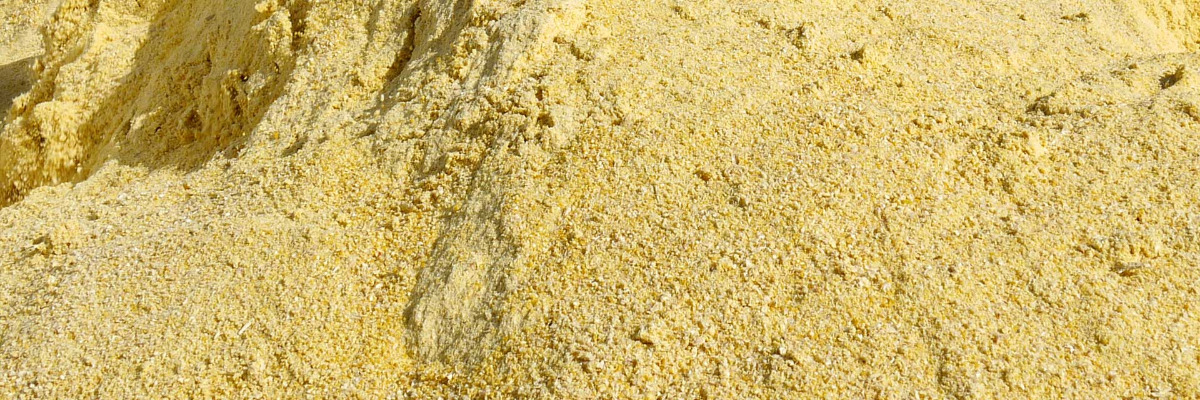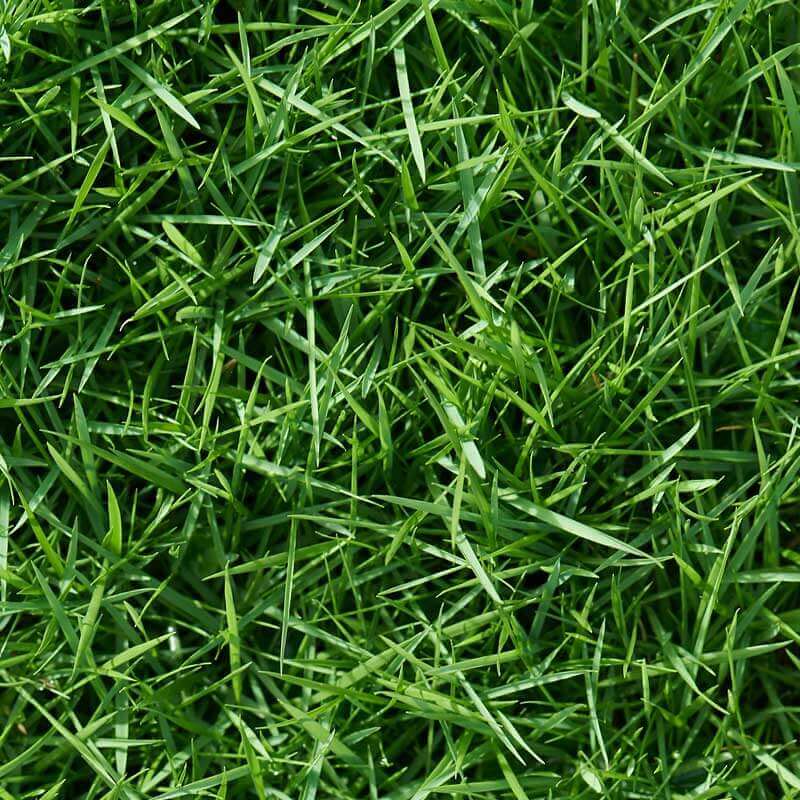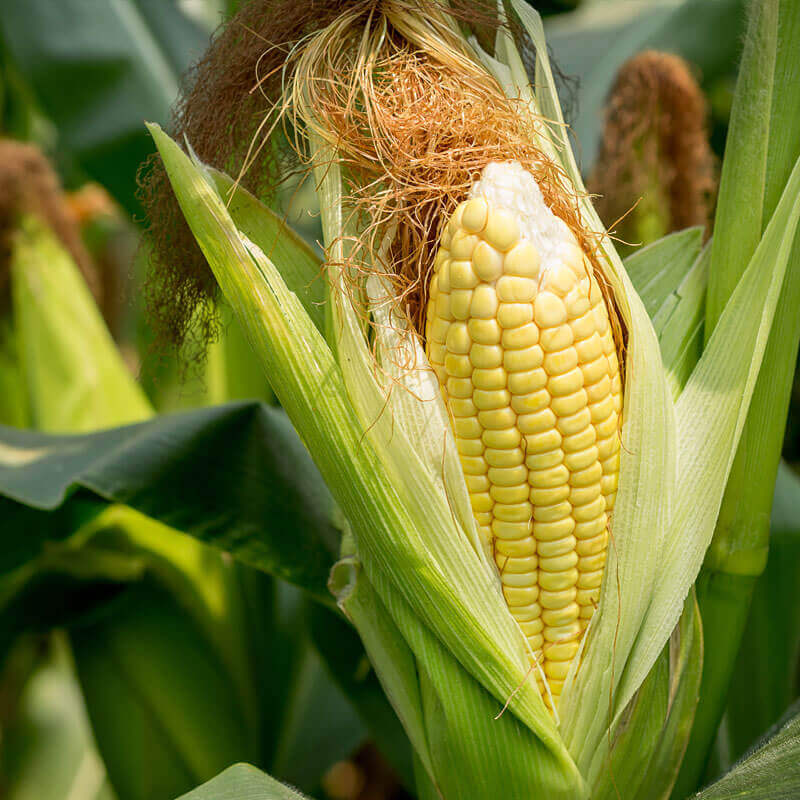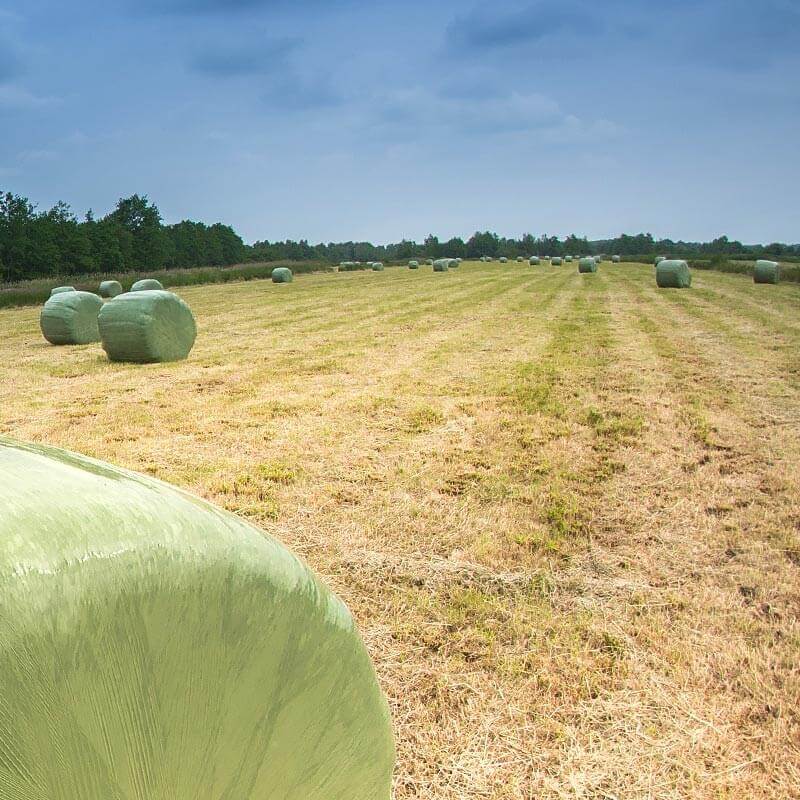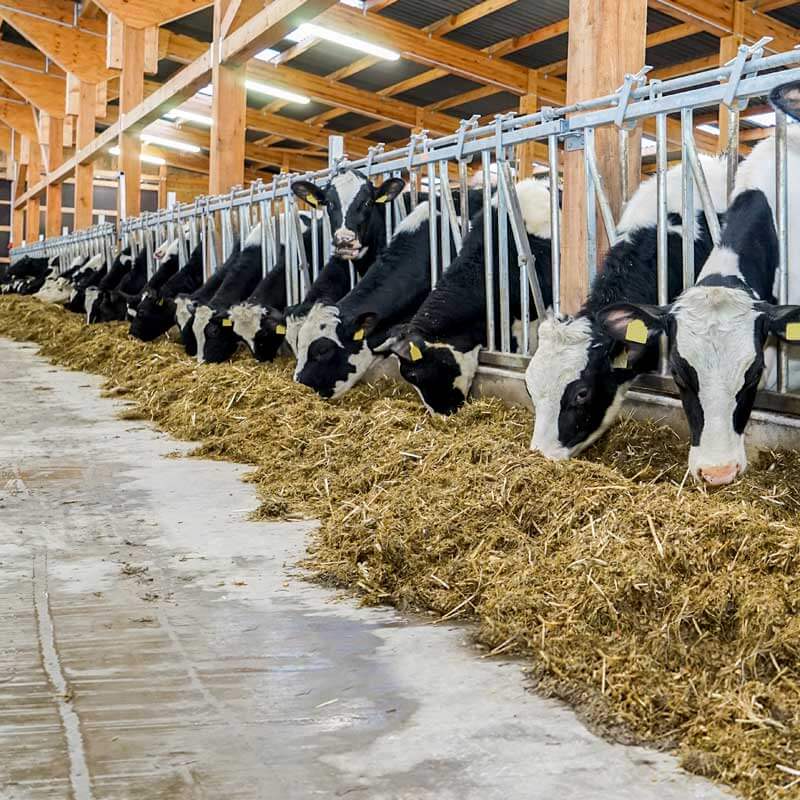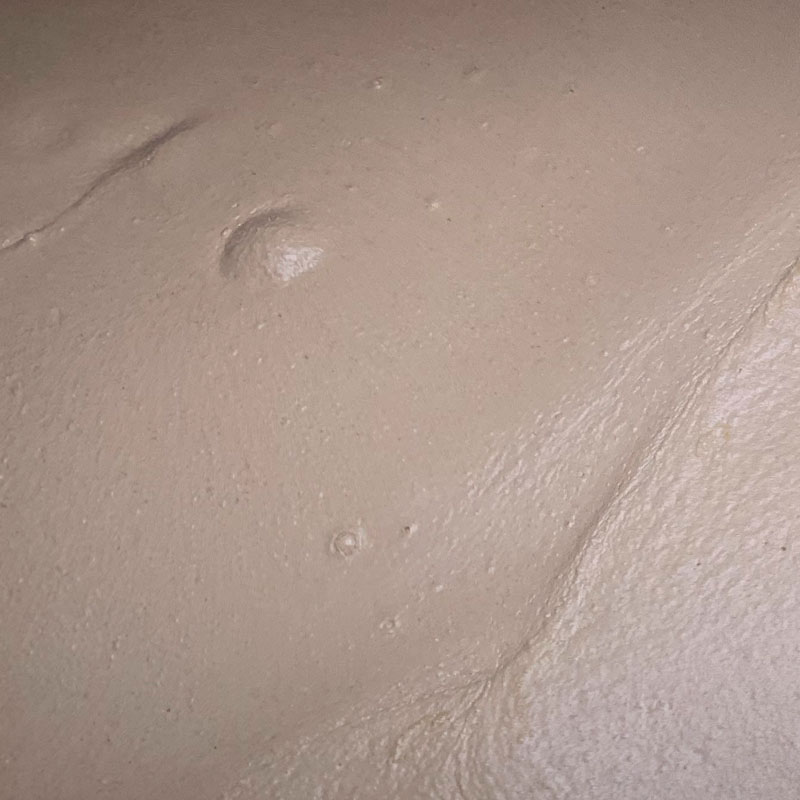CCM and moist maize silage
CCM and moist maize silage
CornCobMix and moist maize silage are an essential pillar of feeding for many farms. Due to the rapid availability of energy and nutrients (sugar, starch), these silages are considered to be particularly susceptible to reheating. There are always problems with yeast and mold. The effects on the feed value are serious, feed hygiene suffers and losses during feeding are inevitable. Even with the best silage management, this risk remains. Especially in the warmer months of the year, these silages tend to heat up and become mouldy. These problems can be reliably prevented by adding suitable silage additives such as CCM-Stabilizer and Lupro-Mix NA. Yeast and mold have no chance to grow.
- CCM-Stabilizer
CCM-Stabilizer
CCM–Stabilizer is a biological additive for improving the aerobic stability of Corn Cob Mix (CCM) after removal from the silo. The lactic acetic acid bacteria used in the CCM-Stabilizer were especially selected for the CCM field of application. They support the lactic acetic acid fermentation and enhance the stability of the CCM silage during air admission through their purposeful transformation into acetic acid. Losses caused by yeasts and moulds and the related heating up can be avoided.
CCM-Stabilizer has been tested in practice (table). It has been proved that the silage durability improves when exposed to the air.
CCM-Stabilizer is DLG-tested in group 2. The improvement of aerobic stability has been proven. It has been proved that the silage durability improves when exposed to the air.

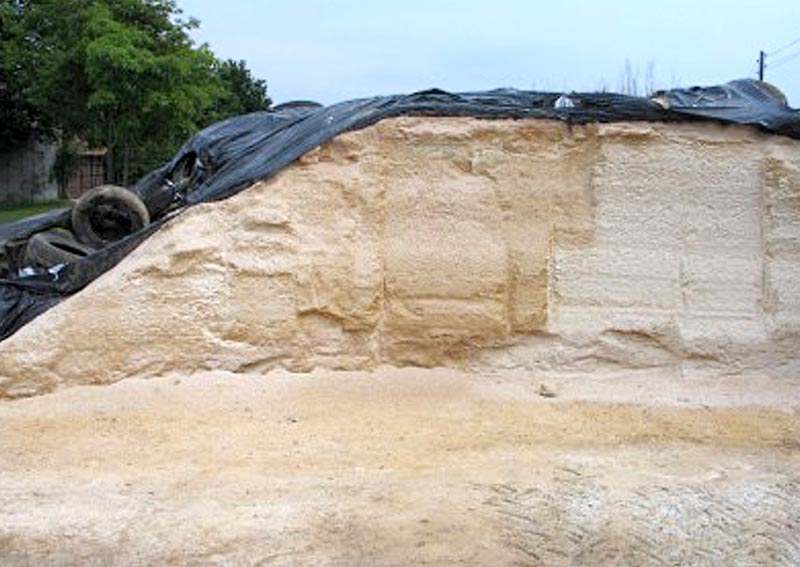

Advantages
- Improved aerobic stability
- No secondary fermentation due to yeasts and moulds
- Reduced contamination with undesired microorganisms and better hygienic value
- Support of natural lactic acid fermentation
- Improved palatability and better feed intake
Field of Application
The use of CCM-Stabilizer is especially recommended for CCM.
Dissolve one packet of CCM stabilizer into 100 litres of water stirring continuously and spray on 5 litres/ tonne fodder. Depending on dispensing possibilities, the concentration of the solution can vary. However, the amount must not fall below the recommended quantity of 5 litres per tonne CCM.
Dosage
- 12 g CCM-Stabilizer per t CCM
- 240 g per bag, enough for the treatment of 20 tonne CCM
Important information
Careful examination has shown that our product, when used according to the directions for use, is suited for the recommended purposes. The optimal storage duration of the treated silage is 4 - 6 weeks before opening. If biological silage additives are used, then the ensilage and removal technique has to be very good. Plant cultivation errors and ensilage technique errors (e.g. compression and covering) cannot be compensated. We are liable for the consistent quality of the product, not for the risks of storage and use.
Trivial results
Investigation of the storage stability of CCM treated with CCM-Stabilizer Probename 8. März 2001 8. Juni 2001 10. Juli 2001 Probename dry matter (%) 8. März 2001 61,4 8. Juni 2001 61,0 10. Juli 2001 60,1 Probename pH value 8. März 2001 4,3 8. Juni 2001 4,2 10. Juli 2001 4,3 Probename yeats (CFU/g) 8. März 2001 < 500 8. Juni 2001 < 100 10. Juli 2001 < 100 Probename moulds (CFU/g) 8. März 2001 < 20 8. Juni 2001 < 60 10. Juli 2001 20 Probename lactic acid bacteria (CFU/g) 8. März 2001 4,4 x 108 8. Juni 2001 2,7 x 107 10. Juli 2001 1,2 x 108 Probename other bacteria (CFU/g) 8. März 2001 < 400 8. Juni 2001 < 800 10. Juli 2001 < 400 CloseLupro-Mix NALupro-Mix NA
Lupro-Mix NA is a buffered and highly effective mixture of propionic acid and formic acid. The natural lactic acid fermentation will be supported and active substances protect the ensilages safely from heating up and molding. The growth of yeast, molds and bacteria will be avoided and the hygiene of feed will be saved.
Lupro-Mix NA is DLG-proven. In group 1a,b, 2

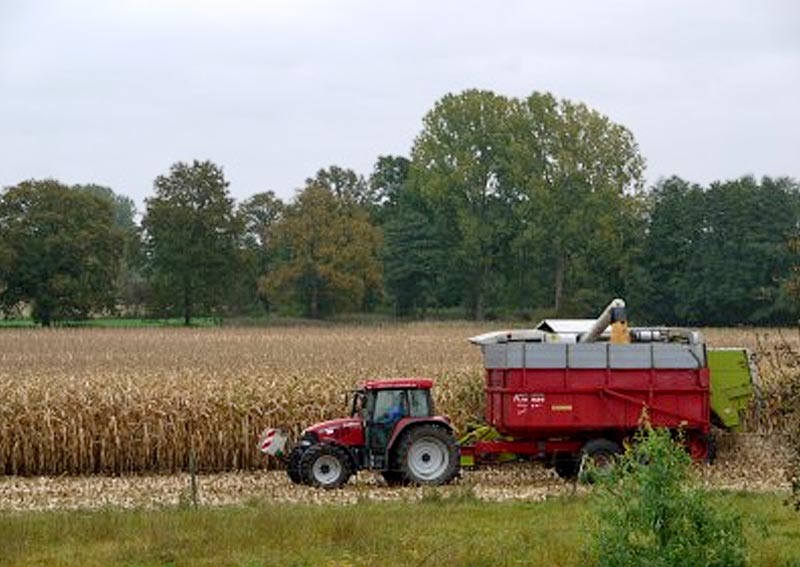
Field of Application
- For all silages with heating up problems
- Especially recommended for Corn Cob Mix, ground ear maize and ensilaged wet maize.
- For different to ferment silages depending on DM - content
Dosage
The dosage is dependent of the field of application
Following application levels are recommended:
DM-content l / t < 25 % 4 25 – 35 % 3 > 35 % 4 For total treatment of CCM and wet maize the dosage depends on storation time:
- storage period of 1 to 6 month: 5 liters per ton
- storage period of 6 to 12 month: 7 liters per ton
Surface and layer treatment
Per square metre 0,5 l Lupro- Mix NA (mixed with 2 l water)
layer thickness ca. 20 - 25 cm, treatment of 2 – 3 layers
Alternatively the total treatment of last loadings is possible.
Stabilization of TMR
3 l / to mixed ration
Stabilization on liquid feed
0,15 - 0,25 %
Please note
The usage of acids and their mixtures for conservation properties demands the HACCP – protocol.
There you can find the safety data sheet of Lupro-MIX NA
Additional information about the treatment of by products are here.
PropionsäurePropionic acid
Propionic acid is a clear slightly yellow, strong smelling fluid. Its concentration is 99,5 % Propionic acid. This acid is able to inhibit moulds and yeasts, therefore improving the aerobic stability of treated silage.
Propionic acid is DLG – proven in group 2.

Field of application
For all silages with heating up problems
Dosage
The dosage is dependent on the field of application.
The following application levels are recommended:
DM- content (%) l/to < 25 % 4 25 - 35 % 5 > 35 % 6 For total treatment of CCM and wet maize the dosage depends on storage time:
- storage period of 1 to 6 month: 5 liters per ton
- storage period of 6 to 12 month: 7 liters per ton
Surface and layer treatment
Per square metre 0,5 l Propionic acid (mixed with 2 l water)
layer thickness ca. 20 - 25 cm, treatment of 2 – 3 layers
Alternatively the complete treatment of last loads is possible.
Stabilization of TMR
3 l / to TMR
Stabilization of liquid feed
0,15 - 0,25 %
Additional information about the treatment of by products are here.
Please note
Propionic acid is corrosive. During application use protective gloves and safety glasses.
The usage of acids and their mixtures for conservation properties demands the HACCP – protocol.
There you can find the safety data sheet of Propionic acid.
